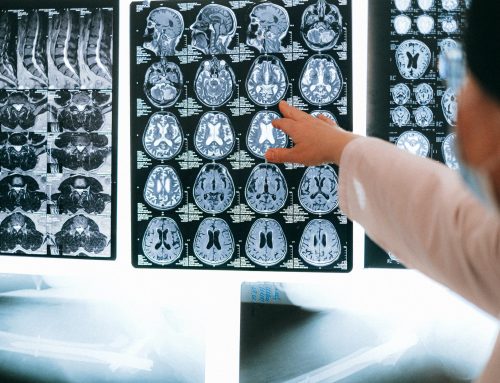It is estimated that approximately 14-30% of children and adolescents throughout the world have a learning difference that is severe enough to warrant academic or cognitive support. For years, researchers have been trying to pinpoint the precise areas in the brain that correlated to these disorders. Collectively, research has identified numerous and different areas of the brain believed to play a role in learning or behavioral disorders. For example, when examining the brains of children and adolescents with ADHD, researchers have found differences in the frontal and parietal lobes, cerebellum, striatum, and other parts of the brain. However, there have not been consistent and definitive findings linking certain parts of the brain to specific learning or behavioral issues.
Recently, the University of Cambridge conducted a study suggesting that learning and behavioral disorders are not associated with specific brain regions. Rather, their research found that differences could be accounted for by connectivity (or communication and activity) between certain brain regions. In the average brain, different regions communicate through an organized network, much like a well-functioning traffic system. For children and adolescents with a learning or behavioral disorder (i.e., ADHD), researchers found poor connections between certain brain regions, or “hubs.” Children with well-connected brain hubs tended to have a specific and minor learning issue (i.e., poor memory) or no learning issues at all. Conversely, having poor connections throughout the brain was reflective of more global learning differences (i.e., dyslexia, dyscalculia).






